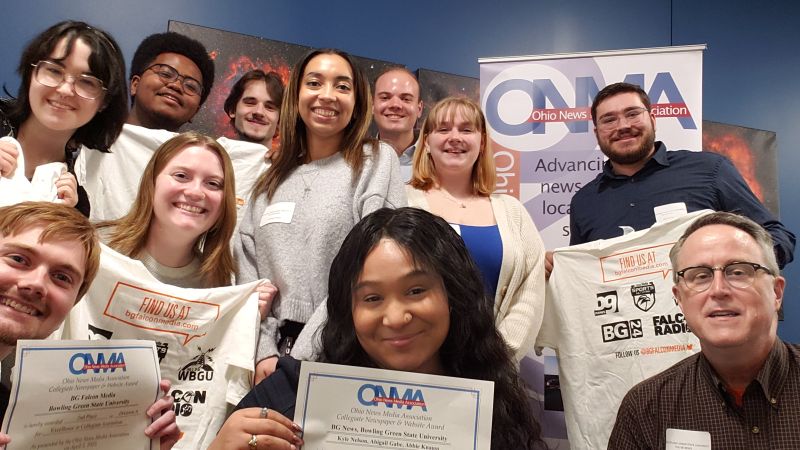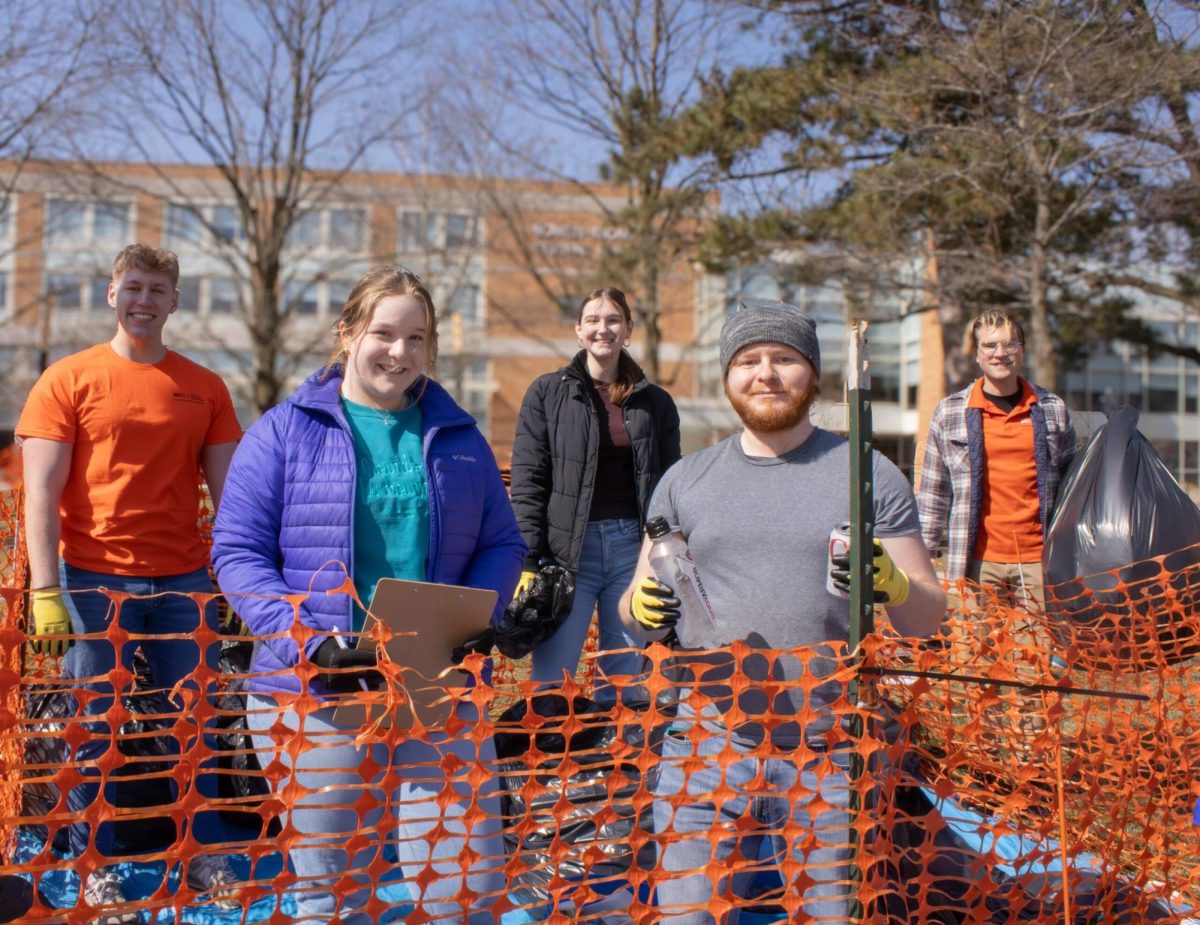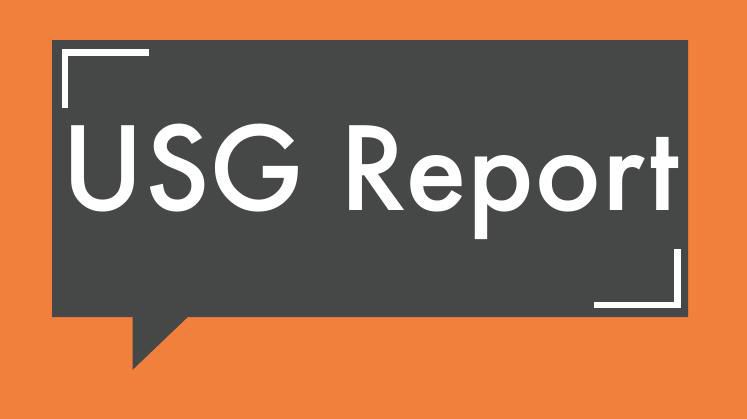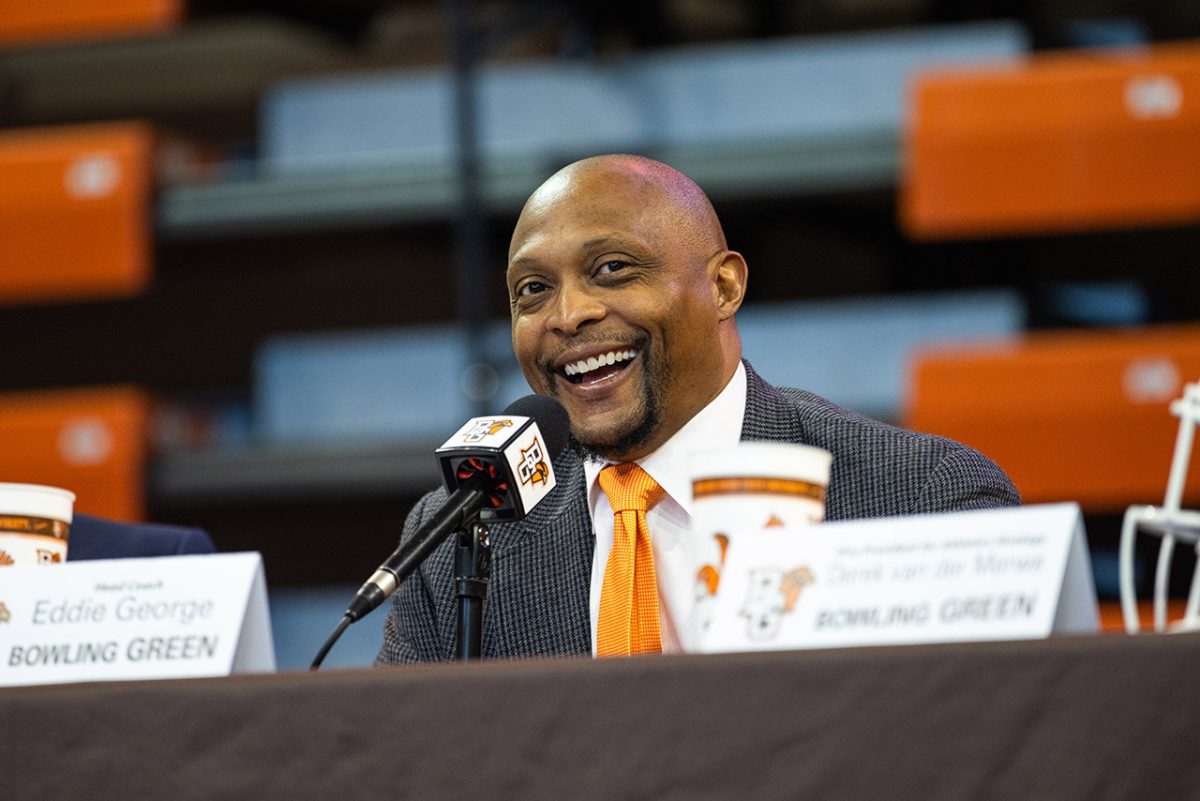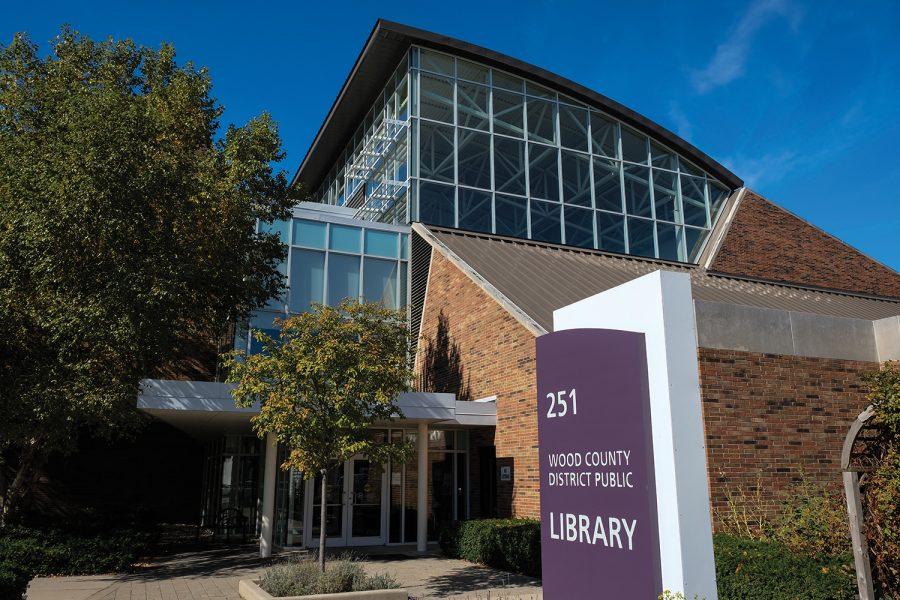The University counseling center saw record high usage last semester while down two full-time staff positions, creating up to three hour wait times for students. This semester the counseling center is making steps to reduce these issues.
Garrett Gilmer, director of the counseling center, said usage has been steadily rising over the last few years. There was an 8.5 percent increase in students using the counseling center, compared to only a 5 percent increase in total University enrollment. There was also a 5 percent increase in the number of appointments last semester compared to roughly the same time the year before.
Despite the rising numbers, two of the center’s equivalent to 8.5 full-time professional staff positions were unfilled last semester. There are also four full-time doctoral interns and four to six University graduate students working part-time at the center.
This semester the center is working to fill both the empty counselor and case manager positions. Gilmer hopes to have a decision on the new counselor finalized in the immediate future and the case manager later in the semester.
Gilmer said fall used to be a slow time for the counseling center, but for the last few years it’s been “full force since day one.”
“One of the things that is the most stressful is that we have students come, and they’re not able to get started,” Gilmer said. “That worries me.”
On average, there are 11 walk-ins, or students using the counseling center for the first time, each day. Gilmer said there are usually an additional three students who can’t be seen during those walk-ins and have to be scheduled for another day. Picking who has to wait is the result of a risk assessment.
After walk-ins, counselors plan to have a follow up appointment within the next 10 business days, and for those three students daily who don’t get in for walk-ins, counseling center staff schedule an appointment as soon as possible.
Last semester, wait times increased up to three hours for walk-ins, though the counseling center staff assessed the immediacy of each individual.
“This is a common trend of many universities, and my colleagues across the country are seeing increases in utilization rates,” Gilmer said. “And I’m sure the severity of what students are coming in with is increasing with more complex mental health concerns.”
While a lot of campus counseling centers have low limits on number of visits allowed, the University counseling center allows up to 16 free visits per academic year, possibly more depending on the student. Then the counseling center connects students with other on and off-campus resources.
“We don’t have many students who get anywhere close to that because a lot of times a student’s issues are successfully resolved much shorter, so naturally they don’t need 16 visits,” Gilmer said.
The counseling center’s average per student is about five to six sessions.
Gilmer said it is a positive that college is more accessible for people with mental health concerns because of better treatment and more acceptance from peers. A reduction in stigma exists that makes students more likely to seek help; however, Gilmer said some would still be anxious for others to know of their mental concerns.
“By no means have we conquered that battle, but we’ve gotten better for sure,” he said.
He said success in college relies on the same factor as success out of college for those with mental health illnesses: a good support system.
As part of the counseling center’s role in that support system, Gilmer continues to talk about the need to increase staff numbers if the student population keeps increasing to effectively serve those students utilizing the services.



